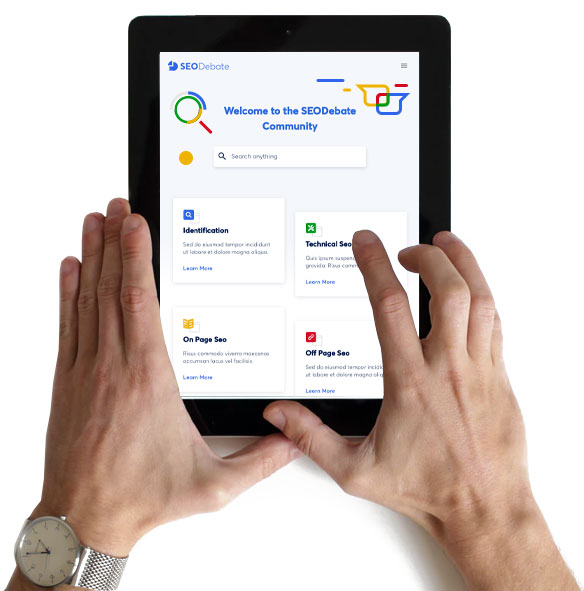Filters
Do you have any new tool to suggest?
Moz
Visit ToolAhrefs
Visit ToolSEObility
Visit ToolSEMRUSH
Visit Tooldashthis
Visit ToolSEO PowerSuite
Visit ToolSpyFu
Visit ToolPitchbox
Visit ToolFrequently asked Questions
The Best Free & Paid Analytics and Reporting Tools
Choosing the Right Analytics and Reporting Tool for Your Business
Selecting the right analytics and reporting tool is a big decision that can really impact how effectively you leverage your data.
First off, you'll want to get clear on your specific objectives and requirements. What are the core goals and metrics you need this tool to deliver analytics around? What types of data do you need to analyze - marketing data, financials, operations, etc? Also, consider whether you need more advanced data processing and visualization capabilities versus just basic reporting. And make sure to factor in how you expect your data needs to scale over time as your business grows.
Ease of use is another biggie. You don't want to invest in some clunky, overcomplicated tool that requires tons of technical skills. The best options have an intuitive, user-friendly interface that empowers self-service analytics. That way, people across your organization can dig into the data themselves to surface insights without having to rely too heavily on IT or centralized analysts. It democratizes data access.
Another key consideration is integration capabilities. You'll want a tool that can easily connect to your existing data sources and infrastructure - whether that's cloud databases, spreadsheets, CRMs, you name it. Avoiding fragmented data silos is crucial for getting a complete analytical picture. Along those lines, also look at whether the tool can integrate with other core business systems like marketing automation platforms.
Finally, you have to look at costs and potential ROI. There can be upfront licensing fees, implementation costs, ongoing maintenance fees, etc. But estimate the value and efficiency gains you could realize by truly unleashing data-driven decision-making. For many businesses, those insights more than justify the investment into an enterprise-grade analytics solution.

